Hands-on: Samsung Galaxy A5 2016 and A7 2016

For those that can't justify the cost of a Galaxy S6, Samsung has the Galaxy A series, which offers a similar design with hardware that's a step down from its flagship. When the Galaxy A3, A5, and A7 launched last year, there wasn't a frame of reference for Samsung, as the A series was its first attempt at all-metallic devices. But with the Galaxy S6 and Note 5 featuring a glass and metal design, the 2016 refresh of the Galaxy A series brings the devices' design in line with that of the Galaxy S6 and the Note 5.
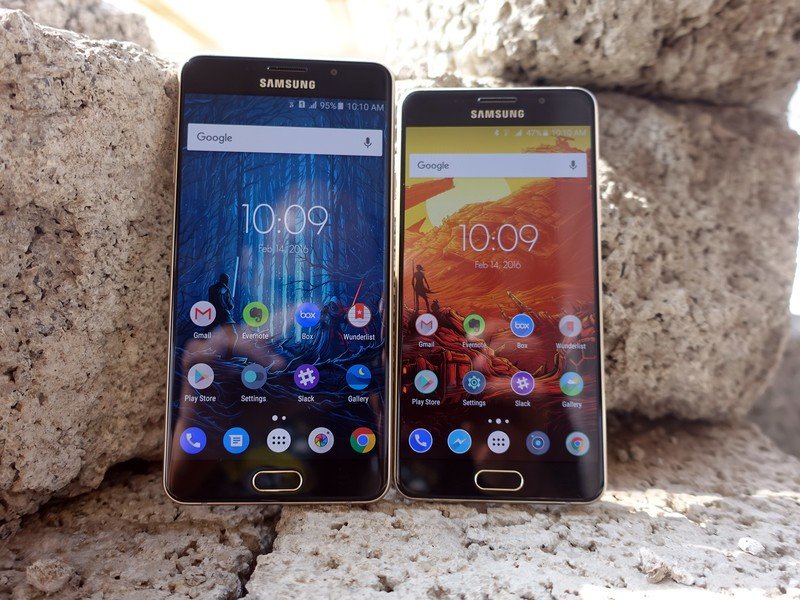
As such, we're looking at metal sides with chamfered edges, and glass backs protected by Gorilla Glass 4. Even the protruding camera sensor at the back is similar to that of the Galaxy S6. The edges are rounded, you get the volume rocker on the left and the power button on the right, and both phones have fingerprint sensors embedded in the home button. The sensor works just as well as it does on the S6 and the Note 5, although you can configure only three fingerprints (you can set up to six on the flagships). With dimensions of 151.5 x 74.1 x 7.3 mm, the Galaxy A7 is not too unwieldy for one-handed usage, and with an overall weight of 172g, it has a reassuring heft to it.
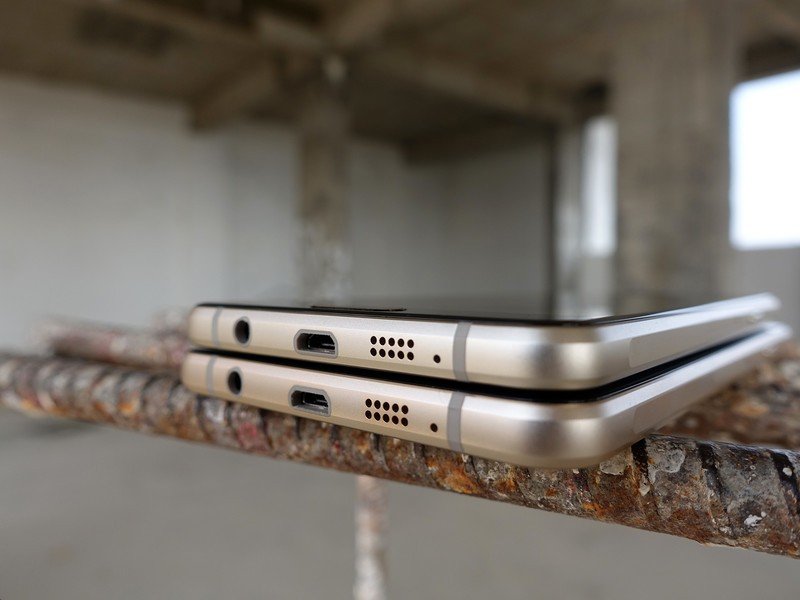
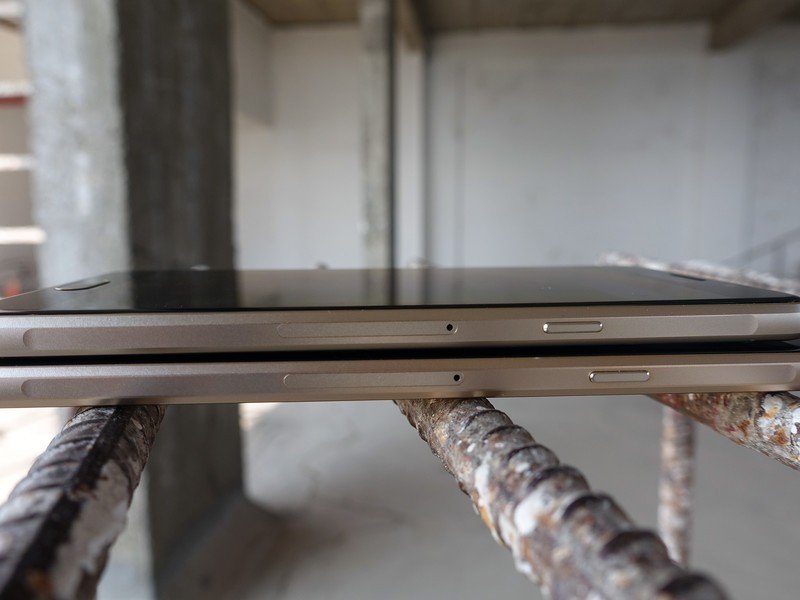

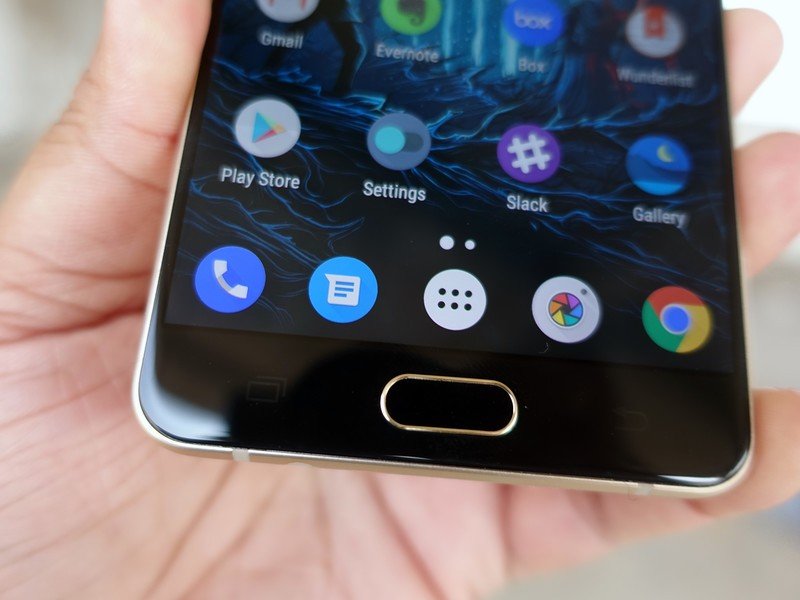
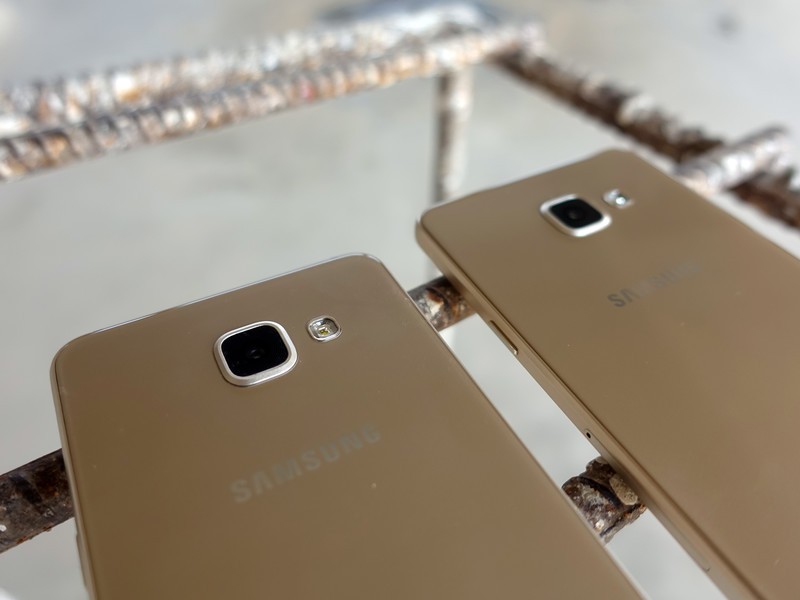
When it comes to the specs on offer, the Galaxy A7 offers a 5.5-inch Full HD Super AMOLED display, with much better color accuracy from the first-gen model. Despite the screen size, the Galaxy A7 is barely larger than the Galaxy S6, thanks to the narrow bezels. Under the hood, the phone is powered by the Exynos 7580 octa-core processor, which offers eight Cortex A53 cores (ARMv8-A architecture) clocked at 1.6GHz. The GPU is ARM's Mali-T720 MP3, clocked at 700MHz. Samsung is also offering an international edition of the Galaxy A7 with the Snapdragon 615, which has four Cortex A53 cores clocked at 1.2GHz and four Cortex A53 at 1.5GHz.
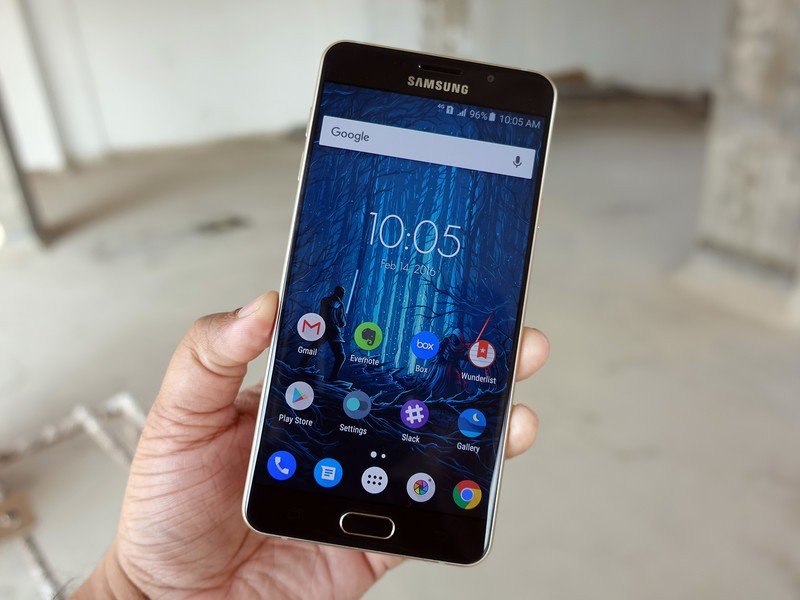
Other specs of the Galaxy A7 include 3GB of RAM, 16GB of internal memory, microSD slot that can take memory cards up to 128GB in size, 13MP camera with f/1.9 lens, 5MP front camera, LTE Category 6 connectivity (300Mbps down), Wi-Fi 802.11 a/b/g/n, Bluetooth 4.1 LE, and dual SIM functionality. When it comes to battery life, the Galaxy A7 outmatches the Galaxy S6 with a 3300mAh battery. Combine that with a Full HD display, and you get a battery that lasts a day and a half with ease.
The Galaxy A5 shares most of the specs, with the major difference being the screen size, which is at 5.2 inches. You still get the excellent Full HD Super AMOLED display. Storage is also the same at 16GB, although the amount of RAM is reduced to 2GB. The battery sees a decrease to 2900mAh, which is still great for a 5.2-inch device.
The main drawback with the Galaxy A5 and A7 2016 is the storage, with 16GB far too less considering you're left with around 11GB after the system partition. Given their pricing, Samsung should have offered 32GB as standard on the phones.
Samsung went with a 13MP camera on the first-gen Galaxy A series, and while the megapixel count is the same in this year's models, you now get optical image stabilization. Photos taken in daylight offer plenty of detail, although the image processing is noticeably different from the Galaxy S6 in low-light conditions.
Get the latest news from Android Central, your trusted companion in the world of Android

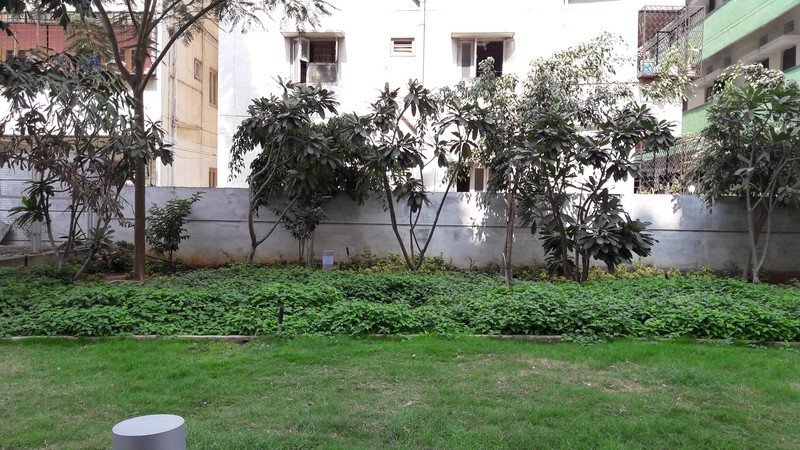
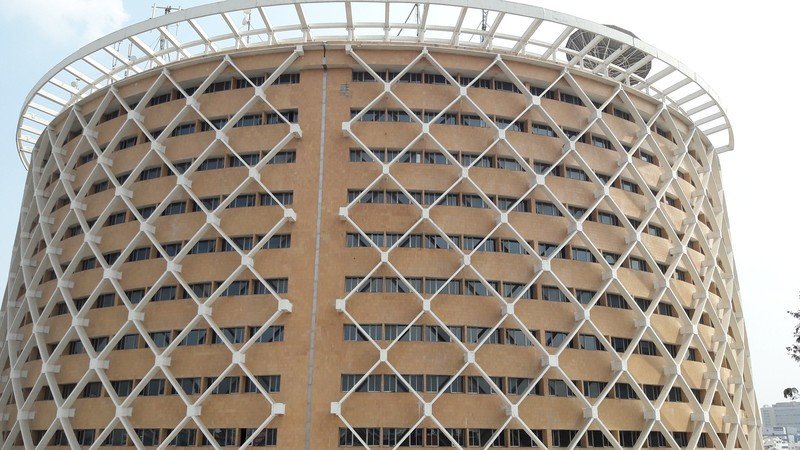
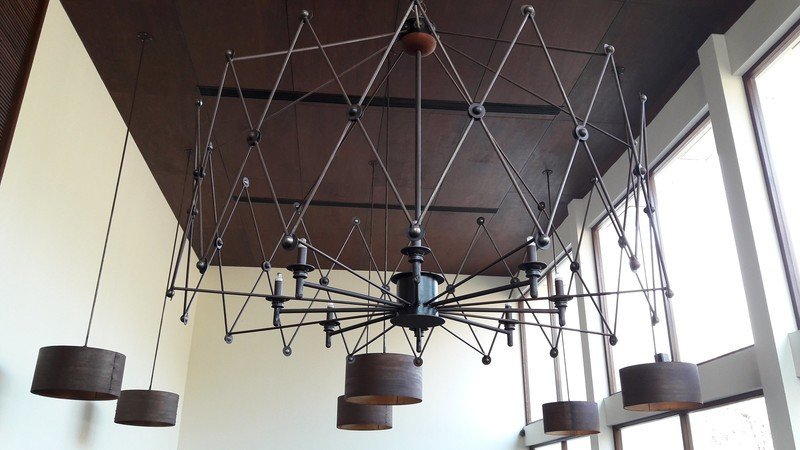


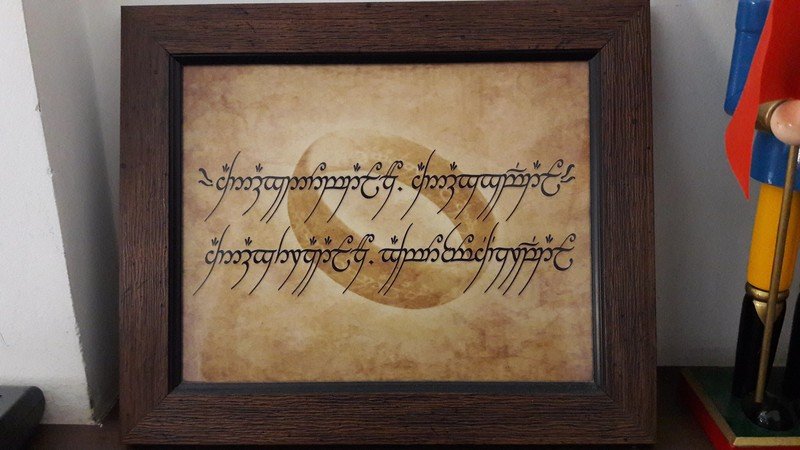
When it comes to the software side of things, Samsung is yet to roll out the Marshmallow update to its phones, and as such the Galaxy A5 and A7 come with Android 5.1.1 Lollipop out of the box. Samsung's continuing to partner with Microsoft when it comes to pre-installed apps, with both phones offering Word, PowerPoint, Excel, OneNote and Skype. We'll talk about the real-world performance in the review, but as of now, the Galaxy A7 and A5 do not present any problems.
The first-generation Galaxy A series was targeted at emerging markets, and Samsung is continuing the trend with this year's refresh. The Galaxy A5 and A7 are available in India for ₹29,400 ($433) and ₹33,400 ($492). Samsung also launched the Galaxy A3 and the Galaxy A9 with a massive 6-inch display in China, and as of now there's no mention as to when these phones will be available in other markets.
Stay tuned for in-depth coverage of Samsung's latest.

Harish Jonnalagadda is Android Central's Senior Editor overseeing mobile coverage. In his current role, he leads the site's coverage of Chinese phone brands, networking products, and AV gear. He has been testing phones for over a decade, and has extensive experience in mobile hardware and the global semiconductor industry. Contact him on Twitter at @chunkynerd.
